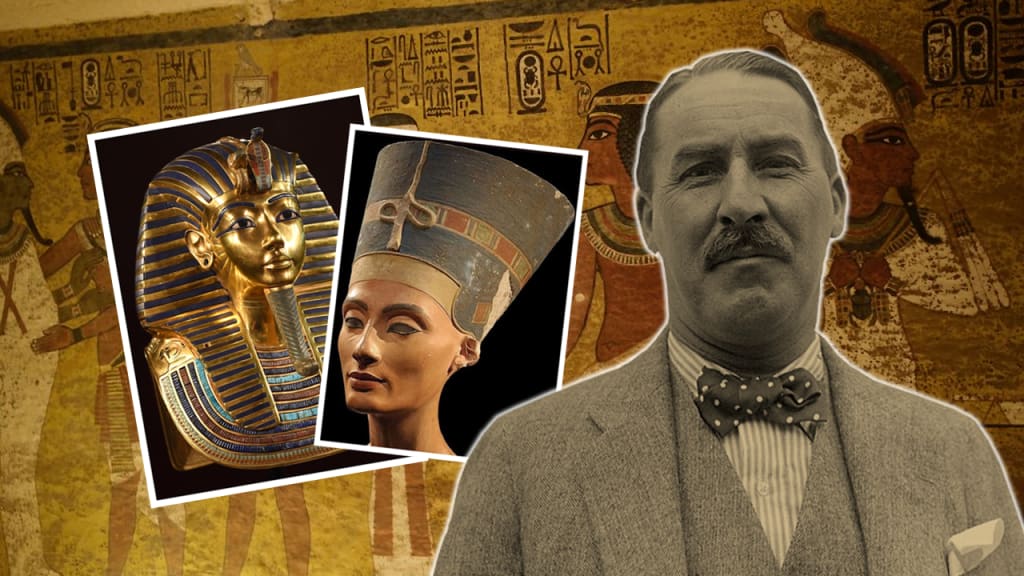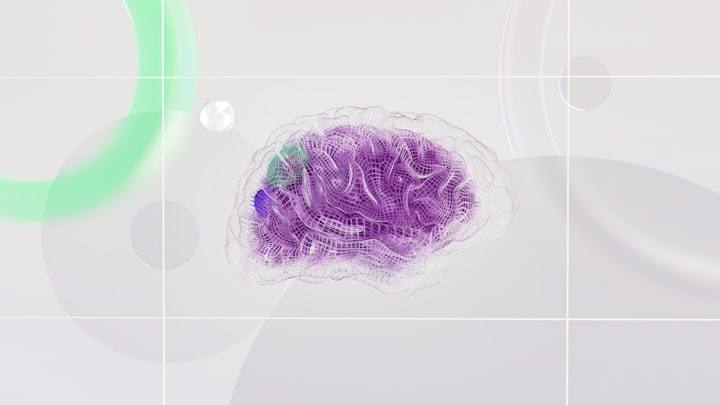The mystery of what Carter's excavation missed
Is Nefertiti’s final resting place in Tutankhamun's tomb

It’s now 114 years since a history-changing association began between English archaeologist Howard Carter and his paymaster Lord Carnarvon.
Initially Lord Carnarvon hired Carter to supervise the excavation of nobles' tombs in Deir el-Bahri, near Thebes, but attentions soon turned to the Valley of the Kings when Lord Carnarvon was granted a concession to dig there in 1914.
Carter was put in charge of the operation but excavations were soon interrupted by World War I, with Carter spending the war years working for the British Government as a diplomatic courier and translator.
He resumed his excavation work towards the end of 1917, systematically searching for any tombs missed by previous expeditions, in particular that of the pharaoh Tutankhamun. But after several years of digging Lord Carnarvon grew dissatisfied with the lack of results and informed Carter he had just one more season of funding to find Tutankhamun’s tomb.
And during that season in 1922 fortune favoured him after he decided to investigate a line of huts he’d abandoned a few seasons earlier. On 4 November a boy working as a water fetcher on the excavation discovered a stone step while prodding in the sand with a stick.
The boy called Carter over to examine what he’d found and a little further digging uncovered a flight of steps that led down to a sealed door stamped with indistinct oval seals with hieroglyphic writing. Carter ordered the staircase be refilled and sent a telegram to Lord Carnarvon to notify him of the discovery.
Accompanied by his daughter Lady Evelyn Herbert, Lord Carnarvon left England and arrived in Egypt on 23 November. The following day the full extent of the stairway was uncovered, with the door removed and the rubble-filled corridor behind it cleared to reveal a second door to the tomb itself.
Two days later Carter, with Lord Carnarvon, Lady Evelyn and assistant Arthur Callender in attendance, made a small opening in the top left-hand corner of the doorway allowing him to peer in by the light of a candle and deduce many of the gold and ebony treasures were incredibly still in place.
The tomb was then secured to be entered the following day in the presence of an official of the Egyptian Department of Antiquities, but rumour has it that Carter, Lord Carnarvon, Lady Evelyn and Callender couldn’t wait to discover the pharaoh’s vast riches and made an unauthorised visit that night, becoming the first people in modern times to enter the tomb.
Then on the morning of 27 November it was first inspected in the presence of an Egyptian official, with Callender hooking up electric lighting to illuminate an incredible haul of gilded couches, chests, thrones and shrines, plus evidence of two further chambers, including the sealed doorway to the inner burial chamber, guarded by two life-size statues of Tutankhamun.
But it wasn’t until 16 February the following year that Carter opened the sealed doorway to the inner chamber and confirmed it contained the sarcophagus of Tutankhamun. This quickly led to a disagreement between Lord Carnarvon and Carter about how to manage the supervising Egyptian authorities, but work recommenced in early March after Lord Carnarvon apologised. Talk of curses was soon to follow though, when later that month Lord Carnarvon contracted blood poisoning while staying in Luxor near the tomb site and on 5 April 1923 he died in Cairo.
His wife retained her late husband's concession in the Valley of the Kings, allowing Carter to continue his work but it took him the next 10 years to catalogue the incredible objects discovered in the tomb, most being moved to the Egyptian Museum in Cairo, before the project came to an end in February 1932.
And it was on this day, seven years later, that Carter himself died from Hodgkin's Disease at his London flat on 2 March 1939, aged 64.
Carter’s discovery of Tutankhamun’s tomb is considered one of the most famous in the history of archaeology, but the interest today is not on what the excavation unearthed… it is more about what Carter failed to discover.
In 2015 egyptologist Nicholas Reeves argued high-resolution images of the tomb's interior appeared to show the existence of straight lines and cracks in the painted walls of the burial chamber, which he thought could indicate the presence of hidden doorways to further chambers which he speculated could hold the remains of Queen Nefertiti, a wife of Tutankhamun's father Akhenaten and possibly the boy king’s mother.
So, with the help of ground-penetrating radar (GPR), Japanese researcher Hirokatsu Watanable was able to identify two anomalies in the bedrock behind the tomb walls, interpreted as cavities filled with metallic and organic objects. But a similar survey by American geophysicist Dean Goodman a year later failed to identify the previous anomalies, leading to yet another survey in 2018.
This third survey, by an Italian research team, found no evidence of marked discontinuities due to the passage from natural rock to artificial blocking walls in the tomb, concluding there were no hidden chambers immediately adjacent to the tomb of Tutankhamun, although it didn’t exclude the possibility of larger chambers or passages in the broader area around it.
But that still didn’t put to bed the notion of a hidden chamber and the latest survey of the site by a group of researchers led by archaeologist Mamdouh Eldamaty, a former Egyptian minister of antiquities, combined three different geophysical survey methods to get a three-dimensional map of the area immediately around Tutankhamun’s tomb.
Magnetometry and electrical resistivity imaging measured the bedrock's magnetic and electric properties, with voids appearing as missing data, while GPR was used to identify pockets of air or disturbed soil layers. And, surprisingly, the team noted a significant anomaly in the data, speculating it to be a corridor-like space almost six-feet-high and 30-feet-long running parallel to the tomb's entrance gallery.
However, these results still remain inconclusive, with a modern ventilation system installed in January 2019 causing electromagnetic interference that casts doubt over the findings.
The latest report was passed on to Egypt’s Supreme Council of Antiquities for assessment but it seems that only further excavation work will help to shed light on the mystery of Queen Nefertiti’s final resting place.
About the Creator
Steve Harrison
From Covid to the Ukraine and Gaza... nothing is as it seems in the world. Don't just accept the mainstream brainwashing, open your eyes to the bigger picture at the heart of these globalist agendas.
JOIN THE DOTS: http://wildaboutit.com






Comments
There are no comments for this story
Be the first to respond and start the conversation.